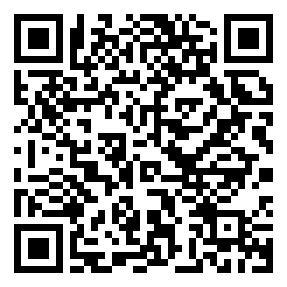Scan QR

Disclaimer: This article is meant for educational purposes only. Hacking into someone's WhatsApp account without consent is illegal and unethical. The aim here is to educate users on security vulnerabilities to better protect themselves and their privacy.
WhatsApp, one of the world's most popular messaging apps, offers end-to-end encryption to protect user communications. However, no system is entirely invulnerable. Understanding potential security threats can help users safeguard their accounts. Here’s how hackers might attempt to breach WhatsApp security:
1. Phishing Attacks
Method: Hackers create fake websites or send deceptive messages that look like they come from WhatsApp, tricking users into entering their credentials or verification codes.
How to Protect Yourself: Never enter your WhatsApp code on any website unless you're directly on WhatsApp's official login page. Be wary of messages asking for verification codes or personal information.
2. Malware and Spyware
Method: Malicious apps or files can install spyware on your device, which might capture your WhatsApp messages, calls, or even control your phone remotely.
Protection: Only download apps from trusted sources like Google Play or Apple's App Store. Use reputable antivirus software to scan for threats.
3. WhatsApp Web QR Code Hijacking
Method: If you scan a QR code from a fake WhatsApp Web page, hackers can access your account. This can happen through malicious links or by manipulating public QR code displays.
Safeguards: Always ensure you're on the official WhatsApp Web site. Check the URL. Never scan QR codes from unknown or suspicious sources.
4. SIM Swapping
Method: Hackers can trick your mobile carrier into transferring your phone number to their SIM card, giving them access to your WhatsApp account through verification codes sent to the new SIM.
Prevention: Enable two-step verification in WhatsApp settings, which requires a PIN beyond just the SMS verification code. Also, secure your carrier account with strong, unique passwords.
5. Exploiting Security Vulnerabilities
Method: Hackers might use known software vulnerabilities to bypass WhatsApp's security. These can include flaws in the app itself or the operating system.
Defense: Keep your WhatsApp app and phone's OS updated to the latest version to patch known vulnerabilities.
6. Social Engineering
Method: Convincing you to share verification codes or personal information through manipulation or pretending to be someone you trust.
Countermeasures: Be skeptical of unsolicited requests for verification codes, even if they seem to come from contacts. Verify identity through another channel before sharing sensitive info.
7. Man-in-the-Middle (MitM) Attacks
Method: Intercepting your communication or redirecting it through a hacker-controlled server to spy on or manipulate messages.
Protection: Avoid using WhatsApp on unsecured Wi-Fi networks. Use a VPN when possible to encrypt your internet connection.
Understanding these methods is crucial for protecting your WhatsApp account. Here are some final tips:
Use Two-Step Verification: Adds an extra layer of security.
Regularly Review Linked Devices: In WhatsApp settings, you can see all devices linked to your account; remove any you don't recognize.
Educate Yourself: Stay informed about new threats and security practices.
Report Suspicious Activity: If you notice anything unusual, report it to WhatsApp immediately.
By being aware of these vulnerabilities and taking proactive steps, you can significantly enhance your security on WhatsApp. Remember, this knowledge should empower you to protect yourself, not to infringe on others' privacy.
For answers to more questions call: +-1480-400-4600


